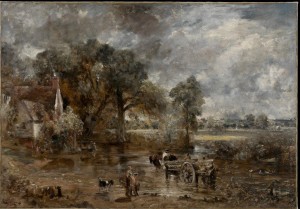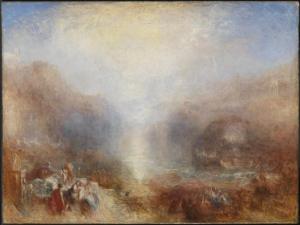The National Gallery, London
Marketing. PR. Spin. Nothing new here for those of us living and working in 2015. But in the early 1870s, when Monet, Pissarro, Renoir and friends were struggling in vain to sell their work, their encounter with the father of modern agents, art dealer Paul Durand-Ruel, was to prove critical. Because as the National Gallery’s spring exhibition reveals, Durand-Ruel was a man who understood how to plug and to push a product. And for more than 40 years, he dedicated himself to the Impressionists who without him, in Monet’s words, might not have survived.

Paul Durand-Ruel, Pierre-Auguste Renoir, 1910, Private Collection, © Archives Durand-Ruel © Durand-Ruel & Cie
But who was this Paul Durand-Ruel? His parents owned an artists’ supply shop in Paris, which, over time, had morphed into a gallery where his father was a successful art dealer. As a boy, Durand-Ruel’s bedroom was strewn with paintings from his parents’ stock; and yet initially he showed no interest in joining the family business. Claiming a “great aversion to commerce”, buying and selling pictures did not appeal and in the early 1850s, he considered entering a monastery. But his was to be a short-lived rebellion: by 1855 Durand-Ruel was working with his father in the gallery and on his father’s death 10 years later, he took over the business.

The Thames below Westminster, Claude Monet, about 1871, The National Gallery, London, Bequeathed by Lord Astor of Hever, 1971, © The National Gallery, London

Fox Hill, Upper Norwood, Camille Pissarro, 1870, The National Gallery, London, Presented by Viscount and Viscountess Radcliffe, 1964, © The National Gallery, London
For a man who was once so repelled by trade, he turned out to have quite the knack. Continue reading




